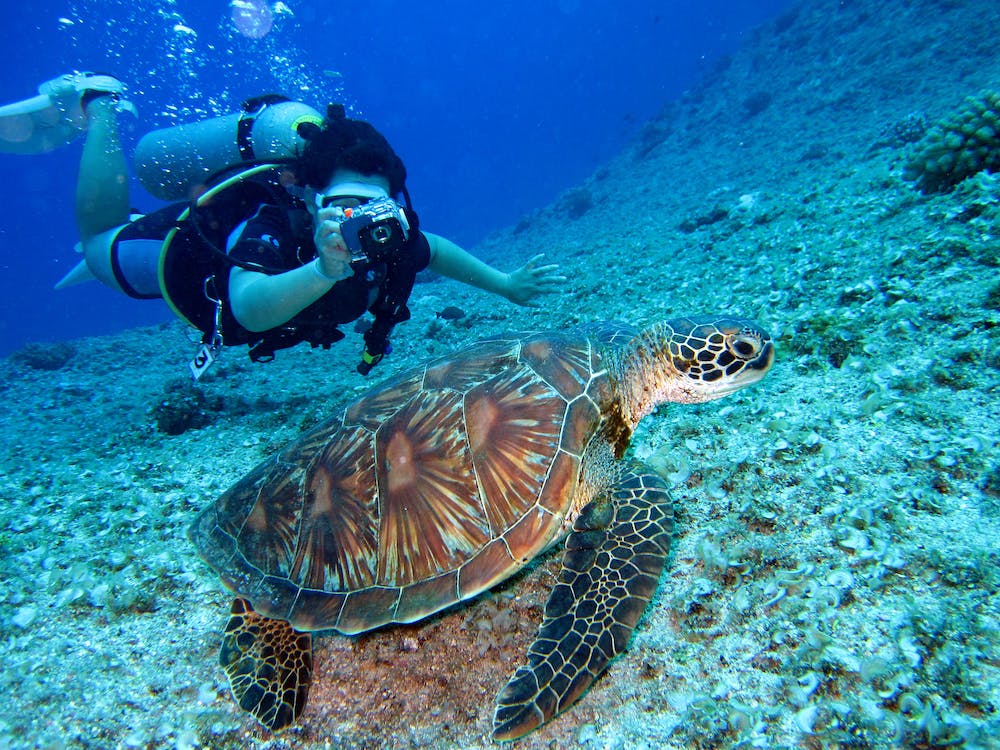Underwater photography has become an exhilarating and popular niche in the world of photography, allowing enthusiasts to capture the mesmerizing beauty of the underwater world. Whether you’re a seasoned photographer or a novice, diving into the realm of underwater photography requires a unique set of skills and knowledge. Find out the essential tips and tricks to help you master the art of capturing stunning images beneath the surface.
Table of Contents
Introduction
Underwater photography is the art of taking pictures while submerged in water. It offers a unique perspective on marine life, coral reefs, and underwater landscapes. It goes beyond traditional photography, offering enthusiasts an opportunity to explore and document the breathtaking beauty of marine life, coral reefs, and the enchanting landscapes hidden beneath the ocean’s surface.
As technology continues to advance, so does our ability to explore and document the depths of the ocean. The evolution of underwater cameras, waterproof housings, and specialized accessories has opened up new possibilities for photographers eager to embark on underwater adventures.
Essential Equipment for Underwater Photography
Choosing the Right Underwater Camera
Selecting the appropriate underwater camera is a pivotal decision that significantly influences the outcome of your underwater photography. The market offers a variety of cameras tailored for subaquatic adventures, each with its unique features and capabilities.
GoPro Hero 10 Black
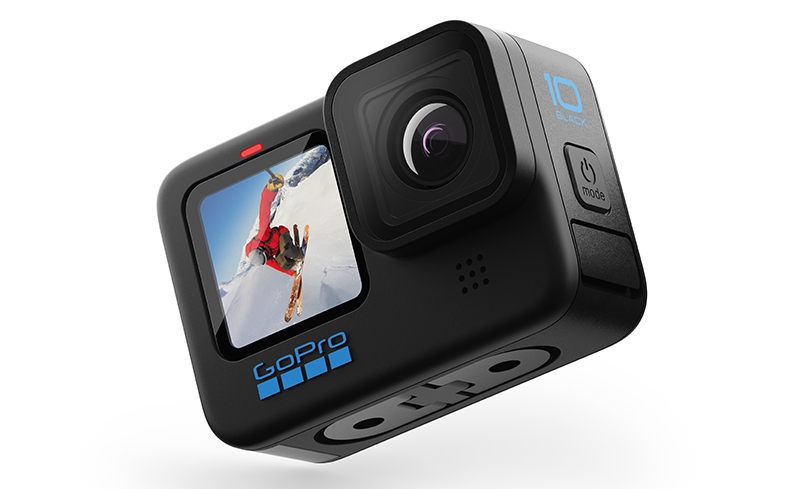
Known for its compact design and exceptional video capabilities, the GoPro Hero 10 Black is a popular choice for underwater enthusiasts. With its robust waterproof build, it can withstand various underwater conditions. The camera’s versatility makes it suitable for both beginners and experienced photographers.
Canon PowerShot G7 X Mark III

Offering a balance between portability and image quality, the Canon PowerShot G7 X Mark III is a favorite among underwater photographers. Its 4K video recording and excellent low-light performance make it ideal for capturing the vibrant colors of marine life. Additionally, it has compatibility with underwater housings for enhanced protection.
Sony Alpha a7 III
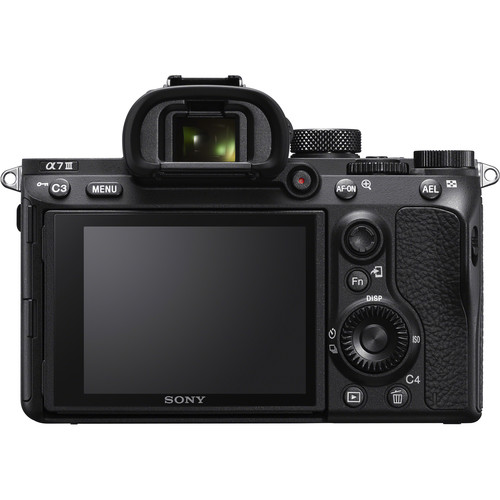
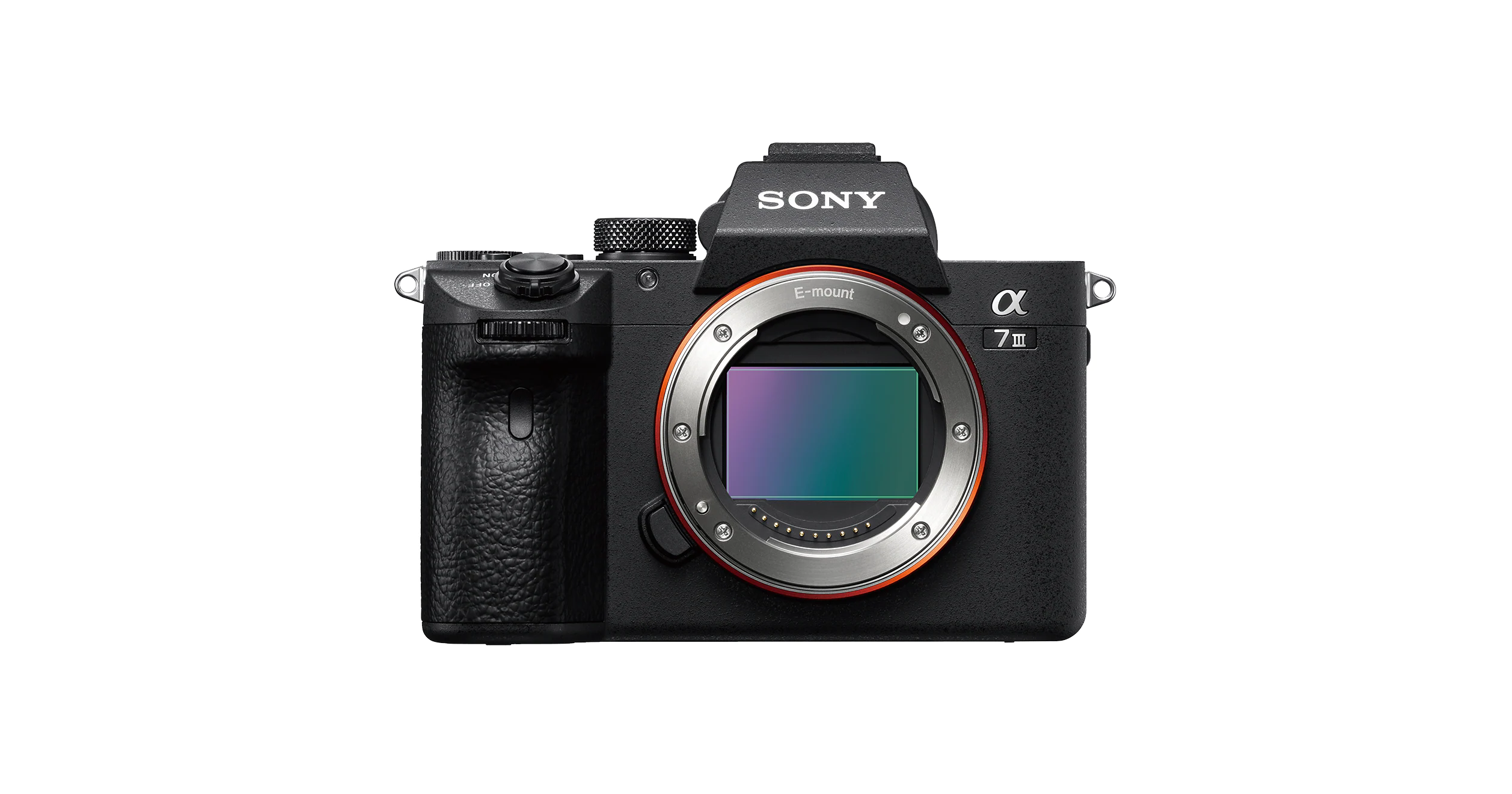
For those seeking professional-level results, the Sony Alpha a7 III is a mirrorless camera that excels in both still photography and video recording. With its full-frame sensor and impressive autofocus capabilities, this camera delivers exceptional image quality underwater. Utilizing dedicated underwater housings, photographers can explore the depths with confidence.
Importance of Underwater Housings
Once you’ve chosen the right underwater camera, the next crucial step is investing in a reliable underwater housing. Underwater housings serve as a protective barrier, safeguarding your camera from water damage and pressure. Here’s why they are indispensable:
Waterproof Seal
Underwater housings create a secure, watertight seal around your camera, preventing any water ingress. This is especially critical as water damage can irreversibly harm the internal components of your camera.
Pressure Resistance
As you descend into deeper waters, the pressure increases. Underwater housings are designed to withstand this pressure, ensuring the structural integrity of both the housing and the enclosed camera.
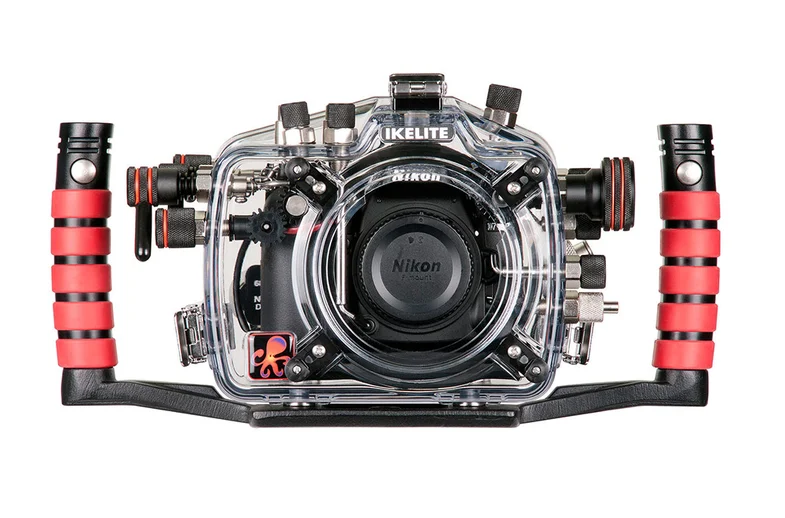
Functionality Underwater
Housings are equipped with controls that allow you to adjust settings and capture images underwater. These controls are designed to be easily operable, providing photographers with the flexibility to compose shots effectively.
Investing in a high-quality underwater housing that suits your camera model is set for a successful underwater photography experience. It not only protects your equipment but also empowers you to explore the underwater world without limitations.
Additional Accessories
While a good camera and underwater housing form the foundation of your underwater photography gear, certain accessories can elevate the quality of your shots and address challenges specific to underwater environments.
Strobes
Underwater strobes are essential for adding artificial light to your scenes, compensating for the loss of color and contrast in underwater conditions. They help illuminate subjects and reduce shadows, resulting in more vibrant and detailed images.
Lights
Dive lights are valuable accessories for enhancing visibility and illuminating subjects in low-light conditions. They work in conjunction with strobes to ensure your images are well-lit and showcase the true colors of the underwater world.
Filters
Filters are crucial for correcting color distortion caused by water. Red filters, for example, help restore warm tones absorbed by water, allowing for more natural and appealing underwater photographs.
Underwater Photography Lighting Techniques
Underwater photography presents unique challenges, with one of the most critical factors being lighting. Mastering lighting techniques is essential for capturing the true beauty of the underwater world. Here, we delve into the nuances of natural and artificial lighting, along with effective strategies to minimize backscatter.
Natural Light Considerations
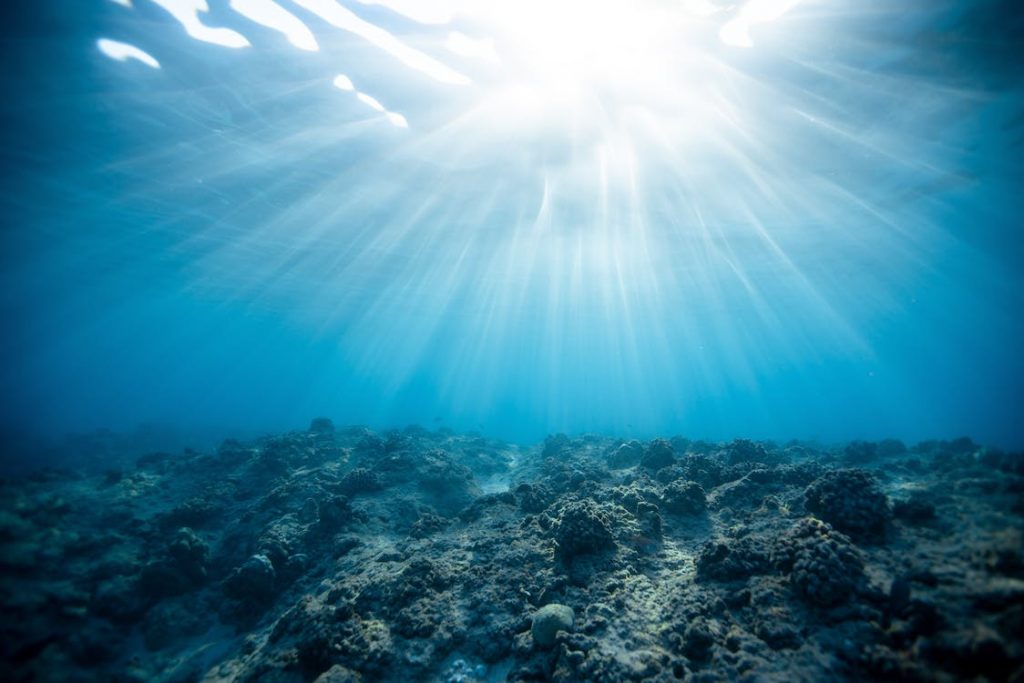
The underwater environment is characterized by varying natural light conditions, influenced by factors such as depth, time of day, and water clarity.
Understand How Lighting Works
Develop a keen understanding of how light behaves underwater. The angle and intensity of sunlight change as you descend, impacting the colors and visibility of your subjects. Consider the direction of light to highlight textures and create compelling shadows.
Adaptability is Key
Learn to adapt quickly to changes in natural light. This adaptability ensures you can capitalize on fleeting moments of optimal lighting, especially when capturing fast-moving marine life or dynamic underwater landscapes.
Utilize Ambient Light
Make the most of available ambient light. Adjust your camera settings to accommodate the existing light conditions, allowing for more natural and visually appealing results.
Artificial Lighting
Artificial lighting becomes indispensable when natural light is insufficient or needs enhancement. Underwater strobes and lights play a crucial role in illuminating your subjects effectively.
Reducing Shadows
Underwater environments often result in shadows that can diminish the vibrancy of your images. Employing strobes helps mitigate these shadows, revealing the true colors and details of the underwater scene.
Enhancing Colors
Artificial lighting is instrumental in bringing out the vivid colors that may get absorbed by water. Strobes and lights act as your creative tools, allowing you to selectively highlight subjects and create a visually stunning composition.
Adjustable Intensity
Modern underwater strobes and lights are equipped with adjustable intensity settings. This versatility empowers photographers to control the amount of light emitted, providing flexibility in different shooting scenarios.
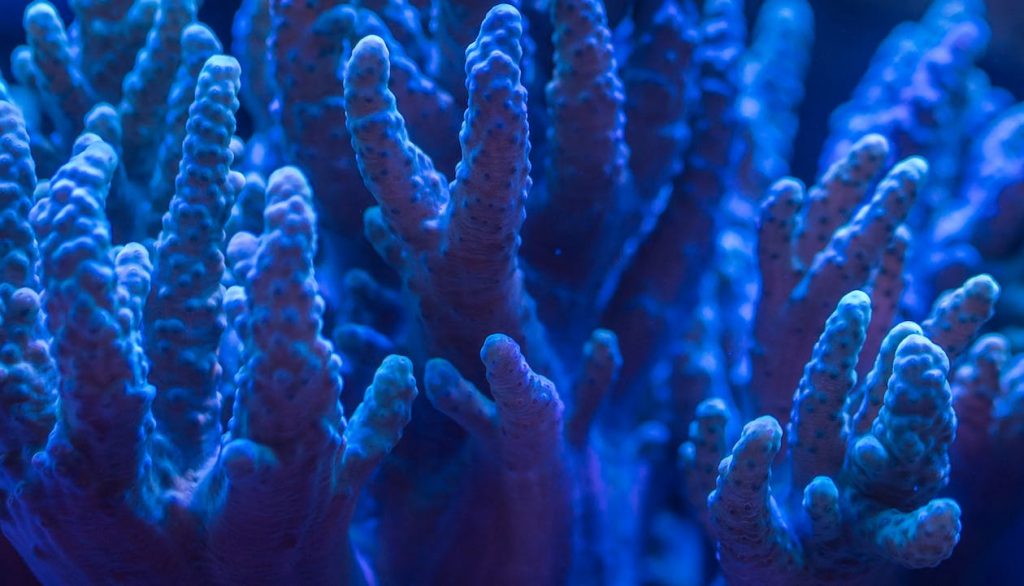
Avoiding Backscatter
Backscatters are those unwanted specks caused by particles in the water reflecting light back into the camera lens. It poses a great challenge in underwater photography. Here’s how to minimize it.
Adjust Lighting Angles
Position your strobes or lights at angles that minimize the chances of light reflecting off particles in the water. Experiment with different angles to find the optimal setup for the specific conditions you’re shooting in.
Use the Right Equipment
Invest in quality gear designed to reduce backscatter. Dome diffusers, for example, spread light more evenly, minimizing the impact of particles on your final images. Regularly clean your camera lens and housing to further reduce the risk of unwanted artifacts.
Practice and Experiment
Achieving mastery in minimizing backscatter requires practice and experimentation. Spend time fine-tuning your lighting techniques in various underwater conditions to understand how different factors contribute to or mitigate backscatter.
Composition and Framing for Underwater Photography
Underwater photography, while inherently challenging, becomes truly captivating when the principles of composition are skillfully applied. Navigating the fluidity and unique features of the underwater world requires a thoughtful approach to composition, making it a fundamental aspect regardless of the photography style you’re practicing.
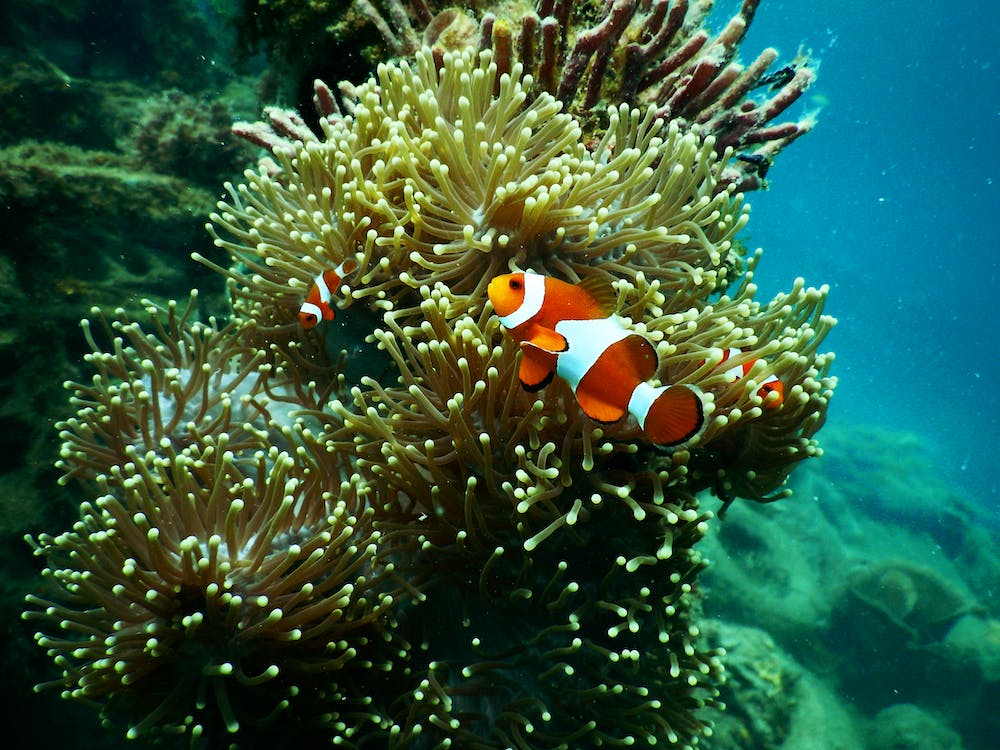
Adapting to the Underwater Environment
Underwater photography demands a departure from the conventions of terrestrial composition. The medium’s fluid nature introduces a dynamic environment where buoyancy, currents, and the unpredictability of marine life influence every shot. To adapt effectively:
Embrace Fluidity
Understand that the underwater environment is dynamic, and subjects may move in unexpected ways. Anticipate the movement of marine life and adjust your composition in real-time to capture compelling moments.
Explore Different Angles
Experiment with shooting from various angles to discover the most visually engaging perspectives. Adjusting your viewpoint can reveal hidden details and highlight the unique textures present beneath the surface.
Foreground and Background Elements
Incorporating interesting foreground and background elements is essential for elevating the depth and context of your underwater shots. This technique enhances the storytelling aspect of your images:
Foreground Interest
Introduce captivating foreground elements to lead the viewer’s eye into the frame. This can include coral formations, aquatic plants, or even the sandy ocean floor. A well-chosen foreground provides a visual entry point and adds layers to your composition.
Background Story
Pay attention to the background of your shots, ensuring it complements the main subject. Whether it’s the vast expanse of the open ocean or a vibrant coral reef, the background contributes to the overall narrative of your underwater composition.
Post-Processing Tips
Post-processing plays a crucial role in refining and elevating your underwater images. It’s the phase where the magic happens, turning your captures into captivating visual stories. Here are some essential tips to enhance your post-processing workflow:
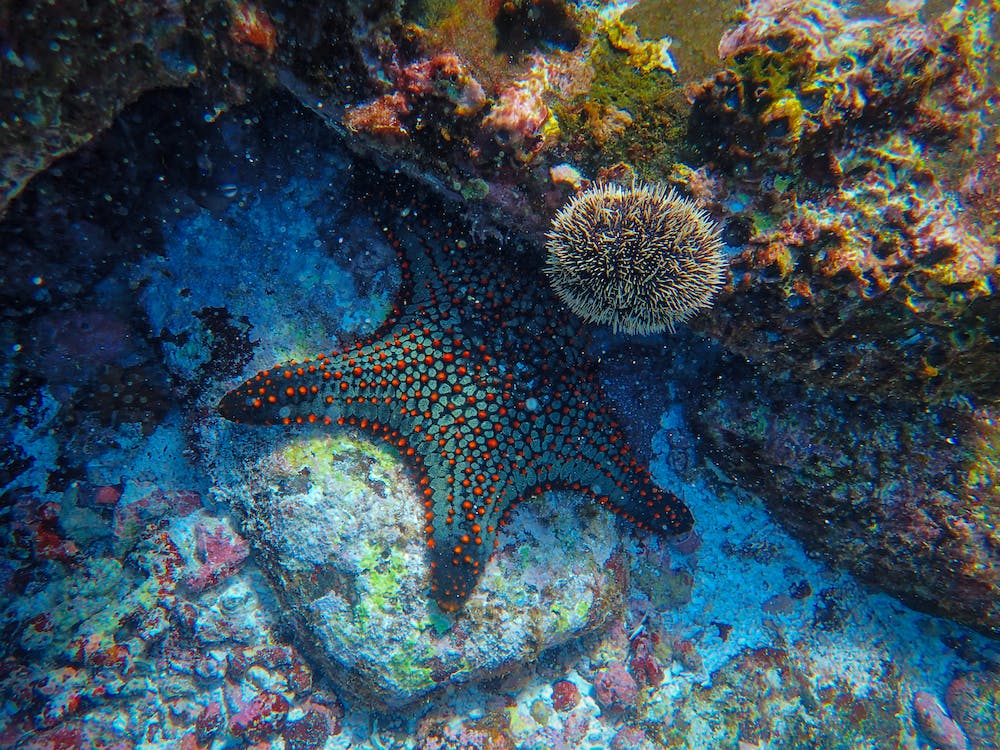
Editing Techniques
Post-processing allows you to fine-tune your underwater images, addressing any imperfections and enhancing the overall visual impact. Here’s how to apply effective editing techniques:
Contrast Adjustment
Experiment with contrast levels to ensure a balanced and dynamic range in your images. Adjusting contrast highlights the details in the underwater environment, bringing out the textures and intricacies that may be subdued in the original shots.
Brightness Control
Carefully adjust the brightness to optimize the overall exposure of your image. Balancing the brightness levels ensures that both the highlights and shadows contribute harmoniously to the final composition.
Sharpness Enhancement
Sharpening your images is essential to bring out the finer details. However, exercise caution to avoid excessive sharpening, which can result in an unnatural appearance. Strive for a balance that accentuates the clarity and detail without sacrificing the authenticity of the scene.
Preserving Natural Colors
Preserving the natural colors of the underwater world is crucial for creating authentic and captivating images. Here’s how to achieve this while navigating the post-processing stage:
Avoid Over-Saturation
Resist the temptation to over-saturate colors during the editing process. While it might be tempting to enhance the vibrancy, maintaining a natural color palette is key to presenting the underwater environment as it truly appears. Subtle adjustments can be more impactful than dramatic saturation.
Color Correction Tools
Utilize color correction tools to address any deviations in color caused by the water medium. Correcting color casts ensures that your images accurately represent the hues of the underwater world, providing viewers with an immersive and genuine visual experience.
White Balance Precision
Pay attention to the white balance settings during post-processing. Accurate white balance adjustments contribute significantly to maintaining the natural colors of the underwater scene. Fine-tune the white balance to reflect the true temperature and tint of the ambient light.
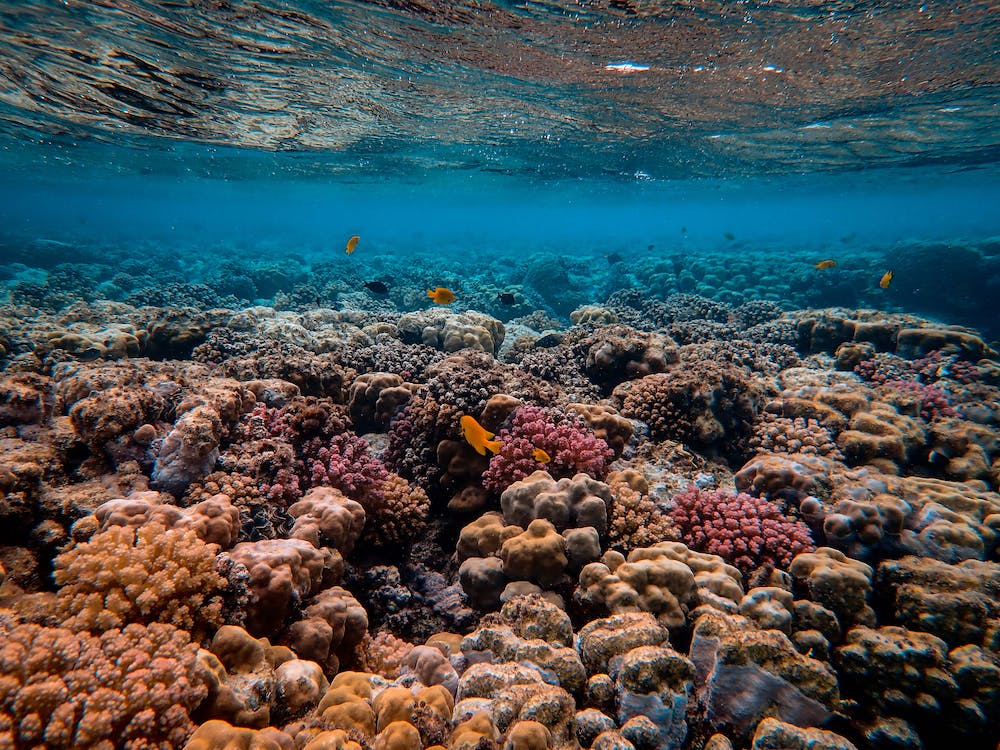
Enhancing Contrast and Sharpness
Fine-tuning contrast and sharpness adds the finishing touches to your underwater photographs, ensuring they stand out with clarity and detail:
Contrast Fine-Tuning
Enhance contrast selectively to emphasize specific elements within your composition. This can bring out the textures of coral formations, accentuate the patterns on marine life, and create a more visually dynamic image.
Sharpness for Detail
Invest time in refining the sharpness of your images, particularly when capturing intricate details underwater. Moderate sharpening enhances the clarity of features without compromising the natural appearance of the scene.
Global and Local Adjustments
Consider a combination of global and local adjustments. Apply global adjustments to the overall image and utilize local adjustments for specific areas that require additional emphasis. This nuanced approach ensures that your enhancements contribute to the overall visual narrative.
Conclusion
Summing up the journey into underwater photography, it’s essential to embrace the challenges and the unique opportunities the underwater presents. As you dive into this fascinating realm, remember to prioritize safety, respect for marine life, and the preservation of the underwater ecosystems you encounter.
Afterword
We hope that you find this article helpful. Thank you for reading and you’re always free to leave a comment. If you find this article interesting, consider checking out one of our recently published posts. A few of them showcase advancements in technology such as AI Art Generators. On the other hand, if you’re looking towards Photography, we also offer great articles for your inspiration. We also have multiple articles that talk about the various printing mediums for wall art. May these articles give you inspiration for your next print!
Find them here:
Discover the Secret to High-quality Canvas Prints
The 9 Best Canvas Print Companies in 2023
Acrylic Prints: Add Vibrance to Any Space
The Top Food Photography Trends to Try Now
The Ultimate Guide to Continuous Lighting for Photography
Stable Diffusion Tips and Tricks
Best AI Art Generator for Android Phones 2023
We enjoy reading your comments and insights with our posts! Should you have any questions or concerns, feel free to leave them below! -Mark

